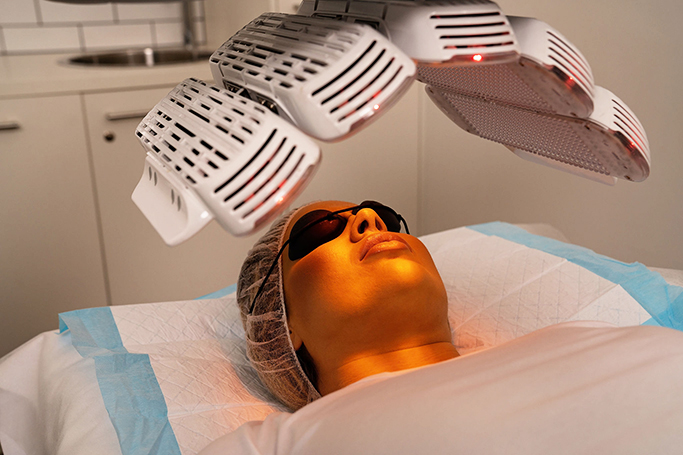Photobiomodulation therapy, also known as low-level laser therapy, is a non-invasive treatment that uses light to stimulate healing and reduce pain. This therapy has been shown to have numerous therapeutic benefits, including promoting tissue repair, reducing inflammation, and increasing circulation.
Photobiomodulation therapy is becoming increasingly popular in the medical field as a safe and effective alternative to traditional pain management techniques. From chronic pain conditions to acute injuries, this therapy has shown promising results in improving the body’s natural healing processes. In this article, we will explore the science behind photobiomodulation therapy and discuss its potential applications in various medical specialties.

The Science Behind Photobiomodulation Therapy
Photobiomodulation therapy works by directing specific wavelengths of light onto the body, which are absorbed by mitochondria in cells. This light energy then stimulates various cellular processes, leading to increased production of adenosine triphosphate (ATP) – the energy source for cells. By optimizing cellular function, photobiomodulation therapy enhances tissue repair, reduces inflammation, and alleviates pain. The therapeutic effects have been well-documented in studies across different medical disciplines, making it a versatile treatment option.
Photobiomodulation therapy, with its ability to enhance cellular function and promote tissue repair, is a promising treatment option for a wide range of medical conditions. Its non-invasive nature and effectiveness in reducing inflammation and pain make it an attractive alternative to traditional therapies. As research continues to support the benefits of photobiomodulation therapy, its applications in various medical specialties are likely to expand. This innovative treatment is paving the way for a new era of healing and pain management, offering hope for improved recovery outcomes for patients worldwide.
